News
Best-paper runner-up at ICCP 2021!
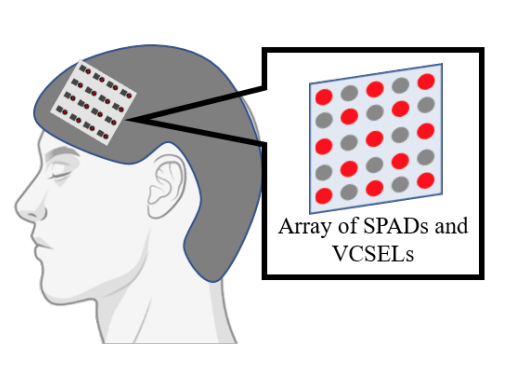
“High Resolution, Deep Imaging Using Confocal Time-of-flight Diffuse Optical Tomography” wins the best-paper runner-up at ICCP 2021. This is a ccollaborative work between Rice ECE and the Department of Biomedical Engineering at New York University.
Ramesh Raskar awarded the 2021 EI Scientist of the Year by the Society for Imaging Science and Technology
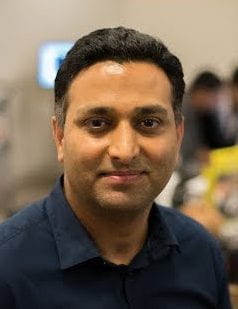
MIT’s Ramesh Raskar got awarded the 2021 EI Scientist of the Year by the IS&T Society, due to his significant contributions to electronic imaging.
Baidu Best Paper Award at NeurIPS-SpicyFL 2020
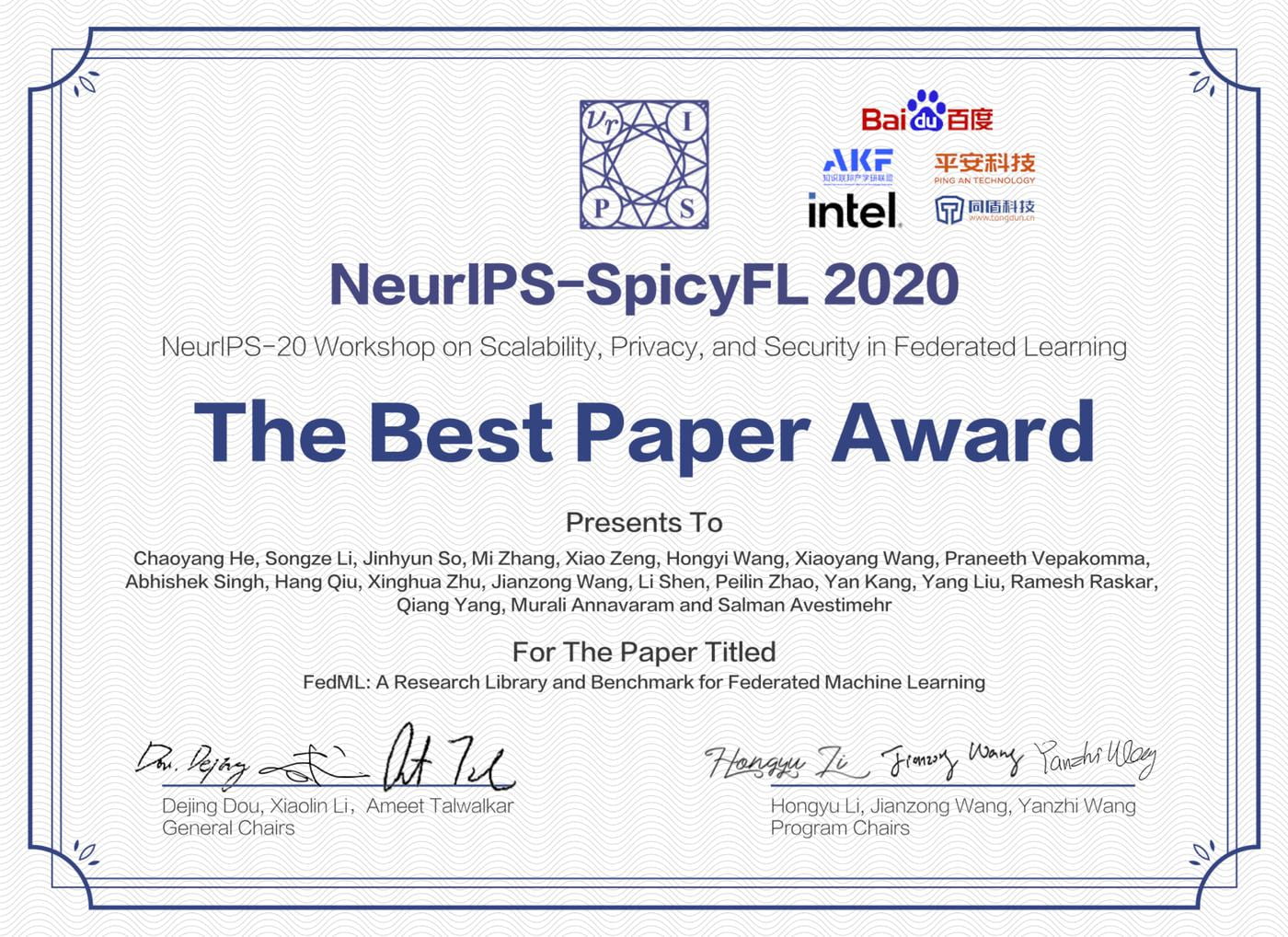
The Baidu Best Paper Award at NeurIPS-SpicyFL 2020 has been awarded to a multi-institutional team, which includes MIT Camera Culture group head Ramesh Raskar, PhD student Praneeth Vepakomma, and research assistant Abhishek Singh! Check out their paper here:”FedML: A Research Library and Benchmark for Federated Machine Learning.”
PathCheck’s COVIDaware will help Minnesota track COVID-19

COVIDaware has launched in Minnesota to help track COVID-19 exposures and contain its spread. The launch is covered by Star Tribune here: https://www.startribune.com/minnesota-launches-covid-19-tracking-app-for-your-phone/573167411/
MyDataCan™ has launched and is moving beyond Harvard!
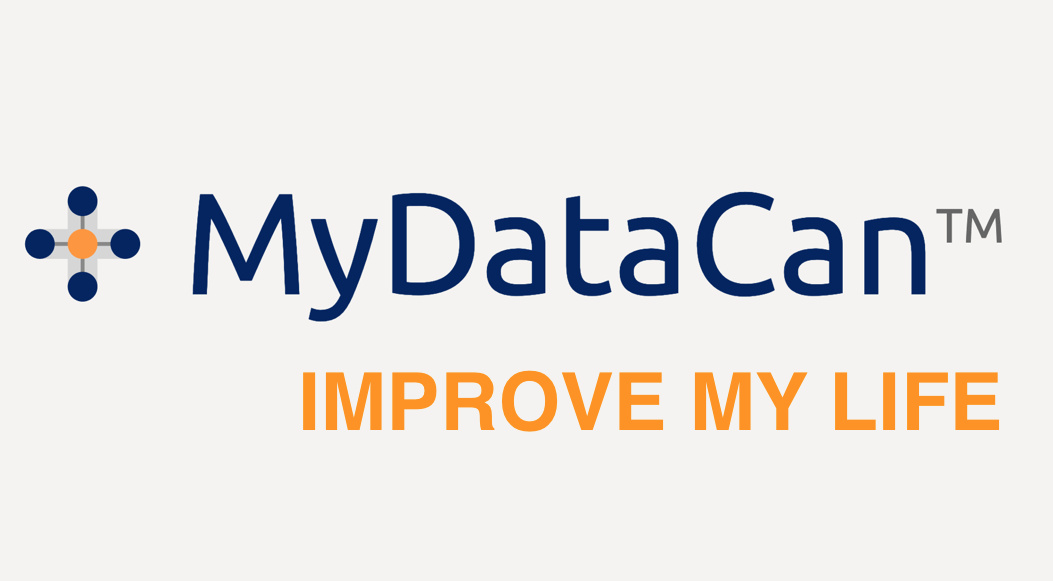
MyDataCan™ has launched! This is a platform developed to help you control when and where your personal data can be shared – such as the data you need to combat COVID today. Check out more information here: https://mydatacan.org/
Featured Apps:
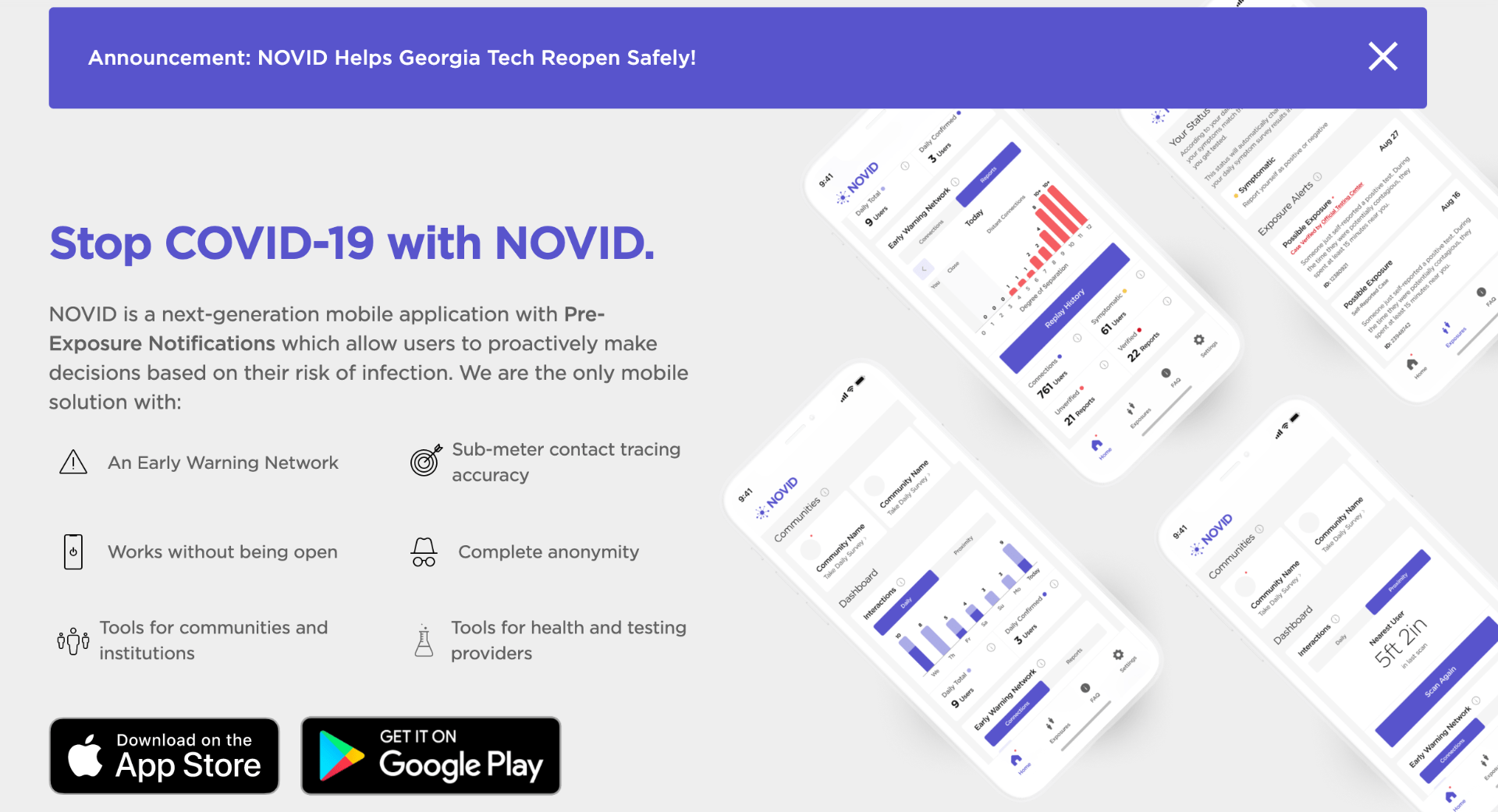

Chris Metzler will be joining University of Maryland’s CS department as an assistant professor

Chris Metzler is an Intelligence Community postdoctoral research fellow in Gordon Wetzstein’s Computational Imaging Lab. Prior to that, he was a PhD student in the Machine Learning, Digital Signal Processing, and Computational Imaging labs at Rice University, where he worked under the direction of professors Richard Baraniuk and Ashok Veeraraghavan. His research uses machine learning and statistical signal processing to develop data-driven solutions to extreme imaging problems. He will be joining the University of Maryland in January 2021 as an assistant professor in the CS department
Visualize Your Heart wins Editor’s Pick on TeachEngineering.org
Author
Jimmy Newland
Challenge students to become biomedical engineers who design, create, and test a medical device! This project allows students to explore basic coding, utilize the capabilities of microcontrollers, and understand how sensors gather data about the human body so they can dive into the expanding world of wearable tech. This is a great project for a high school senior design team!
HealthSense wins Best Community Paper Award at ACM MobiCom!
Authors
Aidan Curtis, Amruta Pai, Jian Cao, Nidal Moukaddam, and Ashutosh Sabharwal
With the rise of ever-more sophisticated wearables and sensing technologies, mobile health continues to be an active area of research. However, from a clinical researcher point of view, testing novel use of the mobile health innovations remains a major hurdle, as composing a clinical trial using a combination of technologies still remains in the realm of computer scientists. We take a software- inspired viewpoint of clinical trial designs to design, develop and validate HealthSense to enable expressibility of complex ideas, composability with diverse devices and services while maximally maintaining simplicity for a clinical research user. A key innovation in HealthSense is the concept of a study state manager(SSM) that modifies parameters of the study over time as data accumulates and can trigger external events that affect the participant; this design allows us to implement nearly arbitrary clinical trial designs. The SSM can funnel data streams to custom or third-party cloud processing pipelines and the result can be used to give interventions and modify parameters of the study. HealthSense supports both Android and iOS platforms and is secure, scalable and fully operational. We outline three trials (two with clinical populations) to highlight simplicity, composability, and expressibility of HealthSense.
Fermat Non-line-of-sight scanning (CVPR 2019 Best Paper!)
Authors
Shumian Xin, Sotiris Nousias, Kiriakos N. Kutulakos, Aswin C. Sankaranarayanan, Srinivasa G. Narasimhan, and Ioannis Gkioulekas
We present a novel theory of Fermat paths of light between a known visible scene and an unknown object not in the line of sight of a transient camera. These light paths either obey specular reflection or are reflected by the object’s boundary, and hence encode the shape of the hidden object. We prove that Fermat paths correspond to discontinuities in the transient measurements. We then derive a novel constraint that relates the spatial derivatives of the path lengths at these discontinuities to the surface normal. Based on this theory, we present an algorithm, called Fermat Flow, to estimate the shape of the non-line-of-sight object. Our method allows, for the first time, accurate shape recovery of complex objects, ranging from diffuse to specular, that are hidden around the corner as well as hidden behind a diffuser. Finally, our approach is agnostic to the particular technology used for transient imaging. As such, we demonstrate mm-scale shape recovery from pico-second scale transients using a SPAD and ultrafast laser, as well as micron-scale reconstruction from femto-second scale transients using interferometry. We believe our work is a significant advance over the state-of-the-art in non-line-of-sight imaging.
Authors
Yicheng Wu, Vivek Boominathan, Huaijin Chen, Aswin Sankaranarayanan, and Ashok Veeraraghavan
There is an increasing need for passive 3D scanning in many applications that have stringent energy constraints. In this paper, we present an approach for single frame, single viewpoint, passive 3D imaging using a phase mask at the aperture plane of a camera. Our approach relies on an end-to-end optimization framework to jointly learn the optimal phase mask and the reconstruction algorithm that allows an accurate estimation of range image from captured data. Using our optimization framework, we design a new phase mask that performs significantly better than existing approaches. We build a prototype by inserting a phase mask fabricated using photolithography into the aperture plane of a conventional camera and show compelling performance in 3D imaging.
